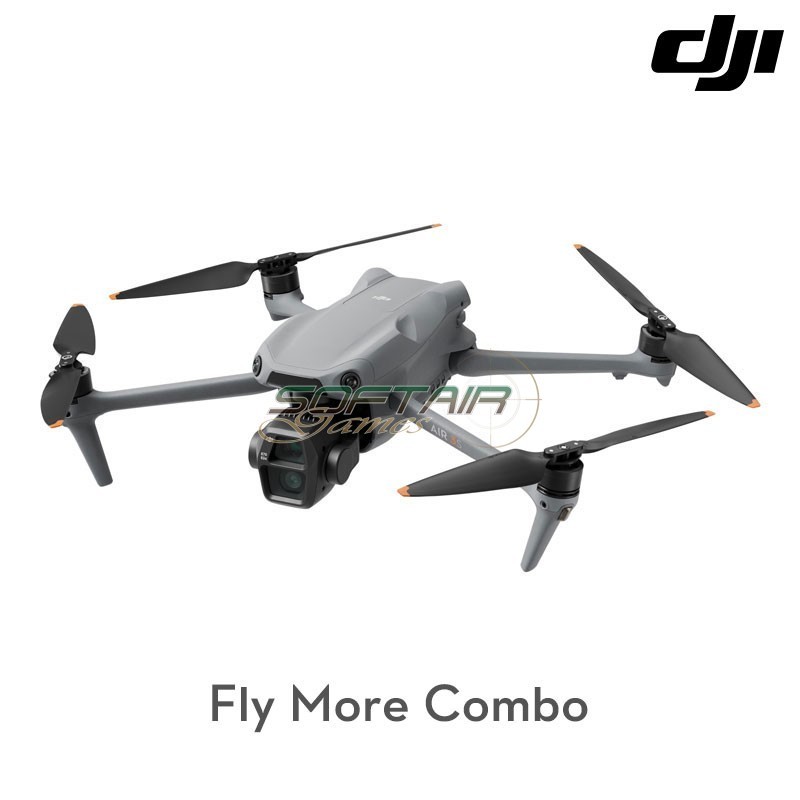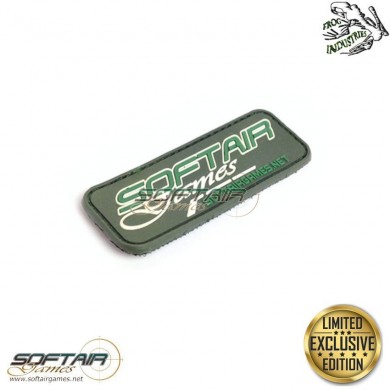DJI Air 3S Fly More Combo e DJI RC 2 (DJA3S2)
About this product
Main camera with 1" CMOS
Dual-camera 4K/60fps HDR video with 14 stops of dynamic range
Clear, perfect and detailed panoramas
Omnidirectional obstacle sensing at night
Next-generation Smart RTH with optimized precision
45 minutes of flight, 20 km video transmission
1″ CMOS main camera
14 stops dynamic range, 3.2μm large pixels, 24mm equivalent format and 50MP resolution, captures grand landscapes day and night.
70mm medium telephoto lens
1/1.3″ 48MP CMOS sensor, with the same video and color specifications as the main camera, plus a 3x optical zoom for detailed portraits.
Dual-camera 4K/60fps HDR video
Uses H.265 encoding with 4K/60fps, 4K/120fps HDR video and 10-bit D-Log M color mode.
Omnidirectional obstacle sensing at night
Front-facing LiDAR, downward-facing ToF infrared sensor and three pairs of vision sensors help detect and avoid obstacles in night shots.
Next-generation Smart RTH with optimized precision
DJI Air 3S remembers flight paths in well-lit environments, allowing you to return safely even in areas with no satellite signal.
45 Minutes of Flight
With up to 45 minutes of flight time, the Air 3S gives you plenty of time to explore new locations, compose, and capture the perfect shot.
20 km Video Transmission
DJI O4 video transmission offers 10-bit, 1080p/60fps performance up to 20 km, for even smoother video streaming.
IN THE BOX:
-
1x DJI Air 3S
-
1x DJI RC 2 Remote Controller
-
3x Intelligent Flight Battery
-
1x Battery Charging Station
-
1x ND Filter Set (ND8/32/128)
-
1x DJI Shoulder Bag
-
3x Replacement Propellers (pair)
-
1x Type-C to Type-C PD Cable
-
1x Gimbal Protector
Free Panoramas
Take perfect panoramic shots with Free Panoramas mode, which stitches together multiple images of a manually selected subject or area.

* All videos and images on this page were shot with DJI Air 3S by professionals, strictly adhering to local laws and regulations, and edited in post-production. All videos and images are for reference only. Actual results may vary. Always observe local laws and regulations and ensure that the aircraft has obtained certifications and airspace clearances before flying.
** The data presented on this page was captured with a production model of DJI Air 3S in a controlled environment. Actual experience may vary depending on the environment, usage method, and firmware version. DJI Air 3S must be activated in the DJI Fly app before use.
*** It is recommended to use ActiveTrack 360° in open environments. Refer to the user manual for scenarios that are not supported or that could potentially interrupt recording. In complex environments with many obstacles, please be careful when using Auto mode to ensure flight safety and personal safety.
**** All images, videos, and on-screen content related to the product itself on this page are for reference only. Actual product effects (including but not limited to appearance, color, size) and on-screen content (including but not limited to backgrounds, UI, and illustrations) may vary.
1. 14-stop dynamic range is available for auto mode shooting, but not for vertical or slow motion shooting.
2. Achieved using QBC (Quad Bayer Coding) techniques that combine 4 pixels into one. Not available when shooting 48MP or 50MP photos.
3. 4K/120fps video recording is only supported in Slow Motion mode.
4. Conditions to enable omnidirectional obstacle sensing in night mode: The front, back, left, right, or top of the drone are close to surfaces with a defined texture and illumination greater than 1 lux. Likewise, the ground below is discernible and has a diffuse reflectivity greater than 20% (such as walls, trees, or people), even in conditions of illumination greater than 1 lux. DO NOT fly in adverse weather conditions, such as strong winds (wind speed of 12 m/s or more), snow, rain, lightning, or fog. DO NOT operate the drone at altitudes of 19,685 feet (6,000 meters) or higher. DO NOT operate the drone in environments with temperatures below -10 °C or above 40 °C. DO NOT take off from moving objects such as cars or boats. DO NOT operate the drone near reflective surfaces, such as water or snow. Otherwise, the vision system may not function properly. In the presence of a weak GNSS signal, be sure to fly in well-lit environments: the front, rear, left, right and top of the drone must be close to surfaces with a clear texture and illumination greater than 10 lux. Likewise, the ground below must be discernible and have a diffuse reflectivity greater than 20% even in illumination conditions greater than 10 lux. The vision system may not function properly in low-light conditions. DO NOT fly near areas subject to magnetic interference or radio waves. Common sources of magnetic or radio interference include Wi-Fi hotspots, routers, Bluetooth devices, high-voltage power lines, large-scale power transmission stations, radar stations, mobile base stations and broadcast towers. Be careful when taking off from a desert or beach to prevent sand from entering the drone. Operate the drone in open spaces and away from crowded places. Buildings, mountains and trees can block the GNSS signal and affect the on-board compass.
5. Conditions for saving flight paths: The front, back, left, right, or top of the drone are close to surfaces with a defined texture and illumination above 10 lux. Likewise, the underlying ground is discernible and has a diffuse reflectivity of more than 20% (such as walls, trees, or people), even in illumination conditions above 10 lux. If the drone takes off from a balcony, ensure that the usable space is at least 2 meters by 2 meters and the height above the ground is less than 30 meters to ensure a safe return to the home point.
6. Measured with DJI Air 3S flying forward at a constant speed of 32.4 km/h in a windless environment at sea level, with obstacle avoidance action set to Brake, in Photo mode, and with the battery level from 100% to 0%. The data is for reference only. Always pay attention to the notifications in the app during flight.
7. Data acquired in an open, outdoor, interference-free environment and in compliance with FCC regulations. The above data shows the longest communication distance for one-way, non-return flights. Always pay attention to the notifications in the app during the flight.



























